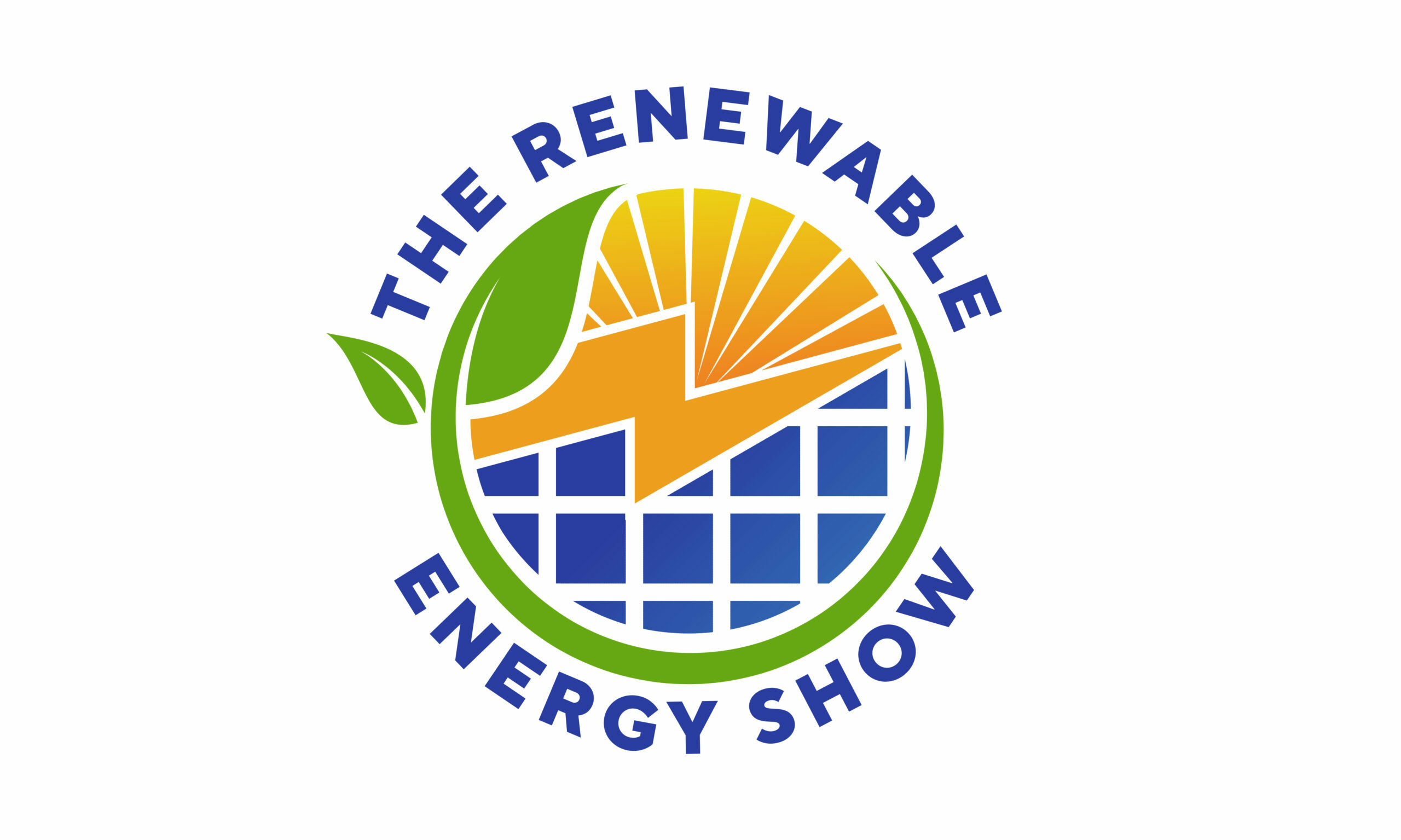Did you know that the world’s first smart grid was launched in 2009 in Singapore, and it has since reduced energy waste by a staggering 10%? This innovative technology has been hailed as a game-changer in the energy sector, and its impact is being felt globally. But what exactly is a smart energy grid, and how does it work its magic?
A smart energy grid, also known as a smart grid, is an advanced infrastructure that uses advanced technologies to manage and distribute energy more efficiently. It’s essentially a high-tech nervous system for the energy industry, allowing for real-time monitoring, control, and optimization of energy distribution. This means that energy usage can be matched with supply, reducing waste and minimizing power outages.
One of the key features of a smart grid is its ability to communicate with various devices and systems in real-time. This enables utilities to detect potential problems before they occur, and make swift adjustments to prevent power outages. For example, a smart grid can detect when a power line is about to overheat, and automatically reroute energy to a different line to prevent a blackout.
But that’s not all – smart grids also have the ability to integrate renewable energy sources, such as solar and wind power, into the grid. This means that households and businesses can generate their own clean energy and sell it back to the grid, reducing their carbon footprint and energy bills. In fact, a study by the US Department of Energy found that smart grids can reduce greenhouse gas emissions by up to 20%.
Another exciting aspect of smart grids is their potential to empower consumers. With advanced metering systems, households can monitor their energy usage in real-time, and make informed decisions about how to reduce their energy consumption. This can lead to significant savings on energy bills, as well as a reduced carbon footprint.
Of course, implementing a smart grid requires significant investment and infrastructure upgrades. However, the benefits are well worth it. According to a report by the International Energy Agency, smart grids can increase the efficiency of energy distribution by up to 30%, and reduce costs by up to 20%.
As we move forward into a more sustainable future, smart energy grids are set to play a major role. With their ability to manage energy distribution in real-time, integrate renewable energy sources, and empower consumers, they have the potential to revolutionize the way we power our lives. Whether you’re a utility company, a household, or a business, smart grids are an exciting development that’s worth keeping an eye on.
In conclusion, the world of energy is about to get a whole lot smarter. With the launch of smart grids, the energy industry is poised for a seismic shift. As we continue to innovate and improve this technology, we can expect to see even more exciting developments in the years to come. One thing is for sure – the future of energy is bright, and it’s about to get a whole lot smarter!
